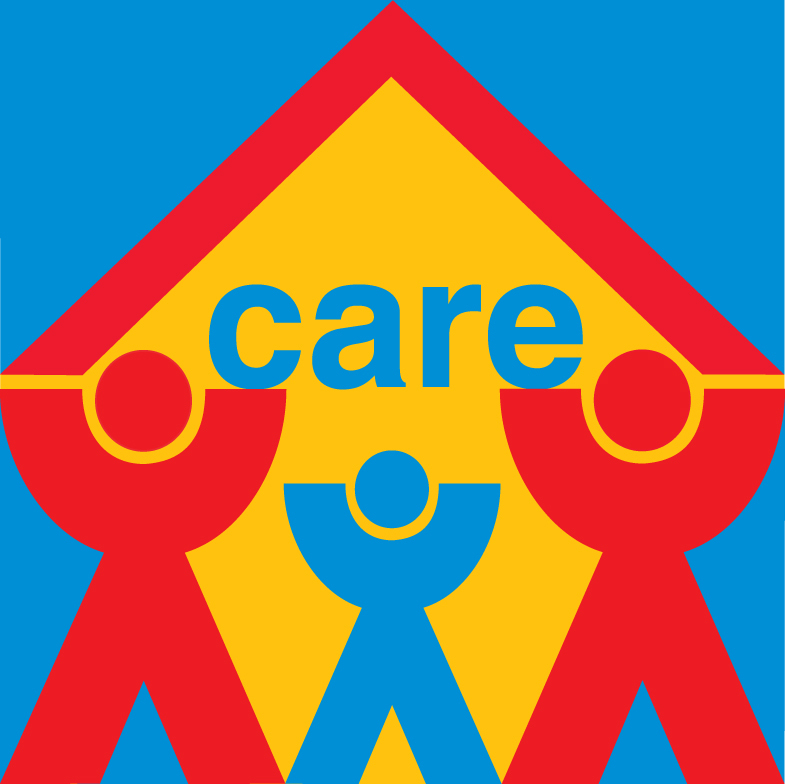 Guest blog by Karin Duff Ehrlo Early Learning Centre director
Guest blog by Karin Duff Ehrlo Early Learning Centre director
The early years of a child’s life are critical in establishing the foundation of which learning, understanding, and comprehension can occur. At Ehrlo Early Learning Centres (EELC) learning is a part of everyday activity.
The children at our centres don’t necessarily learn with number blocks, magnetic alphabet letters, or foam shapes –they learn by experiencing the world around them. Children at EELC may discover number sequences in an elevator; learn the alphabet through a game of bingo; or distinguish shapes through real-life objects like circular pies, rectangular cellphones, and octagon stop signs.
EELC uses real and natural learning experiences to develop the young minds and life skills of the children they care for. This type of learning is known as experiential learning. Experiential learning is just that, learning through experience and through reflection of those experiences.
Rather than being passive recipients of a lesson that a teacher or educator is delivering, the children are actively engaged with the content, the educator(s), their peers, and themselves through an ongoing process of discovery.
There are four phases of experiential learning:
- The child has a “concrete experience”
- The child makes observations and reflections based upon that experience
- The observations/reflections are put into understanding and interpretation of the experience
- The understanding is applied and is used to guide new experiences
One example of the experiential learning process at EELC was through the long term tracking of an educator’s pregnancy. The children were able to make the connection to themselves and their families. Learning occurred across all domains from numeracy, language, artistic expression, creative art, prediction, social/emotional, and spiritual connections, etc.
Some of the activities included bringing in their own baby pics, guessing their weight at birth (children used the number and weighed out books until they equaled that weight and carried it around for a certain period of time), drawing pictures, learning about the stages of pregnancy and what areas of the body develop during those stages through research and graphing similar size objects at the various stages/weeks.
They also learned about nutrition for both the educator/mother as well as the baby upon birth and the first year.
There were many other activities and learning opportunities that occurred throughout the entire pregnancy and even after the baby was born.


